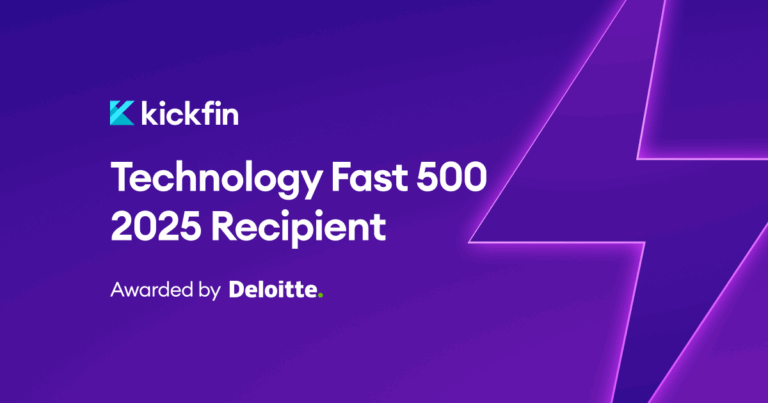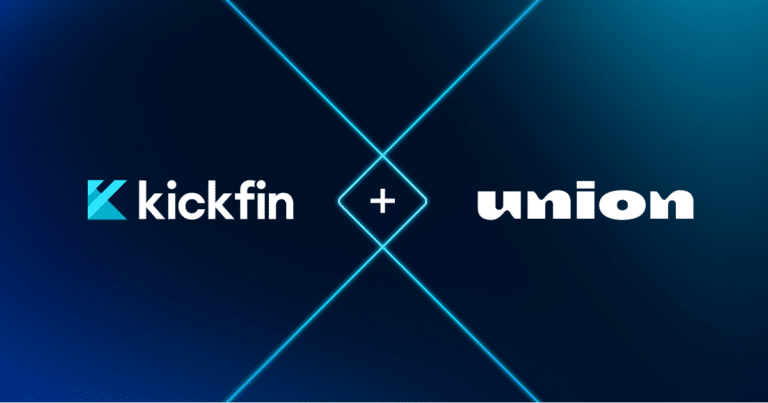Introducing: A new interview series from Kickfin!
“Hot Tips & Takes” features restaurant pros we’ve cajoled into sharing their secrets, solutions and lessons learned with the rest of the world.
Because, sure: industry articles and reports are great…but really, we all just want to know how the other guys are doing it.
So we’re spotlighting people like you, who are in the trenches day in, day out.
First up is Gordon Sizemore, the Senior Director of New Restaurant Openings for Walk-On’s Enterprises. Read on for great insights from this industry vet on new opening processes, hiring, retention, and more.
How long have you been with Walk-On’s?
I’ve been in my current role for about two years, but I’ve been with the company for nine years total. I started as a service manager, then was a GM…I’ve worn a lot of hats here!
What are Walk-On’s expansion goals for 2021?
We’re shooting to open 25 restaurants this year. It’s pretty ambitious, especially given construction and staffing challenges right now. But we’re seeing really exciting growth in spite of everything that happened in 2020.
Give us a high-level overview of a Walk-On’s opening. What does the process leading up to launch look like?
We provide a detailed timeline to our franchisees that starts 25 weeks out from the opening, and we’re in constant communication before, during and after. We always know exactly where they are in the process.
Some of our franchisees are opening three, four, five restaurants at a time; others are just doing one-offs. Regardless, we try to be as present as possible, helping with everything from contracts to construction to best practices in hiring.
There are always a thousand things going on — and they may get tired of hearing from me! — but it’s important that we’re with them every step of the way. Is your internet set up? Are your new hires in place? Have you gotten your permits in line? I tell people that we’re like the bumper rails when you go bowling. We’re keeping them on track.
How do you work with franchisees who operate other brands and may have their own way of running the show?
Experienced franchisees sometimes push back on certain things. We’re humble enough to understand that people may have done it before, and if they can bring new ideas to the table, then great — we’re all ears.
But our culture is non-negotiable. Our founder wanted to create a place that brings people together. He incorporated a team-first mentality that came from his time playing at LSU. So we instill that in our franchisees, and we demonstrate that in the way that we support them.
An important part of the process is the Discovery Day, which is about building that initial relationship with our prospective new franchisees. We get to know them, they get to know us, and we figure out if this is a partnership that will be best for everyone involved.
Everyone is dealing with staff shortages. How is Walk-On’s advising franchisees who are opening new restaurants and trying to hire from scratch?
We all know staffing is a nightmare right now. We’ve been telling our franchisees that they need more time than they think to hire. We’ll also make suggestions around tactics to help them promote job openings and get candidates in the door.
The hiring trailer is a big deal. It’s typically right beside the restaurant construction site. Job candidates will come in for their interviews, and a lot of times, it’s their first impression of the Walk-On’s brand. We want it to be comfortable and inviting — we tell our franchisees to consider having music on, setting out games, providing snacks, etc.
It’s a way to really let the brand shine so people can see it’s a great place to work. And it also gives franchisees an opportunity to get to know the candidates.
How do you know you’re making the right hires for the restaurant?
We want our franchisees to hire people who share our brand values. It’s about asking the right questions, but more importantly it’s about seeing how they interact with others. You can come in with all the knowledge and experience in the world. But are you willing to work with the person to the left or right of you? That’s a huge part of what we look for.
A red flag for us is when candidates can’t laugh at themselves. Like I mentioned earlier, we’ll set out games in our trailer, and it seems like a small thing — but it’s really telling when someone sits down and starts messing with Rock ‘Em Sock ‘Em Robots or starts peddling around on a tricycle.
Basically, we want them to take their work seriously, but they shouldn’t take themselves too seriously. If they can engage and have fun with the people around them when they’re applying for a job, it’s a good sign that they’ll build successful relationships with future co-workers and guests.
What does the training and orientation process look like?
Every franchisee gets a regional franchise coach who provides guidance before, during and after the opening.
As we get closer to the opening, there’s a coordinator for front-of-house and heart-of-house, plus captains for each type of role (hostess, server, chef, etc.). Those people come in two days before orientation. They’ll stay for a 10-day closed-door training period.
Most of the captains come from other Walk-On’s restaurants, which is a testament to how invested our franchisees and employees are in our brand. Other locations will supply these people, even if it makes things a little harder while they’re gone. Of course, there’s some benefit to it. These “captains” see all of the newest training, new menu items, new technology. They can bring all of that back to their home restaurant.
Do you have any tips for keeping employees motivated and engaged, particularly during those long orientations?
Always, there’s a level of fun to what we do. We put a lot of thought into making it interactive and entertaining.
But it goes back to the hiring process, making sure we’re finding people who live up to our core values and principles. Because yeah, you’ll get tired at an opening. It’s long hours, it’s time away from your home and family. It really makes a difference when everyone cares about the work they’re doing.
The way Walk-On’s does training is actually a great retention play. We make a point to invest in our employees, to coach and develop them so they can grow in their career. We even have a “blue chip” program designed to take employees to the next level. And ultimately, many captains do step into management roles, or they’ll meet different franchisees and uncover new opportunities.
What’s the biggest mistake that you see new franchisees make?
So many people think they’ve got more time than they really do. If you’re not organized with your timeline, things will pile up and it will start to push back your opening. And that’s also when mistakes happen.
On our end, we have regular checkpoints across all departments, we send out reminders, and we’re always there to answer questions or fill in gaps to make sure the goal for the opening date is met.
What are the top questions you get from your franchisees?
Whether they’re seasoned or new franchisees, we get a ton of questions about ordering. How much do I order, and what do I order, so that we’re functioning but not losing money?
When it comes to FOH, we’re often fielding questions about the cash-out process. For a first timer, that you’re handling the most team members you’ve ever had. They want to make it more efficient handling all this money — if you mess it up, your employees aren’t going to stick with you. That’s a big reason Walk-On’s locations started using Kickfin to instantly tip-out their employees, especially when they were running cash negative so frequently.
More broadly, we’ll often talk to franchise owners about how to continue a strong flow of sales, or how to increase sales. We’ll think through operational and marketing solutions together.
We generally try to provide all of the information and pointers that we can from the start, but we’re always here to provide support when they need it.
Know someone we should add to our interview list? Email our Director of Marketing at keely@kickfin.com!






